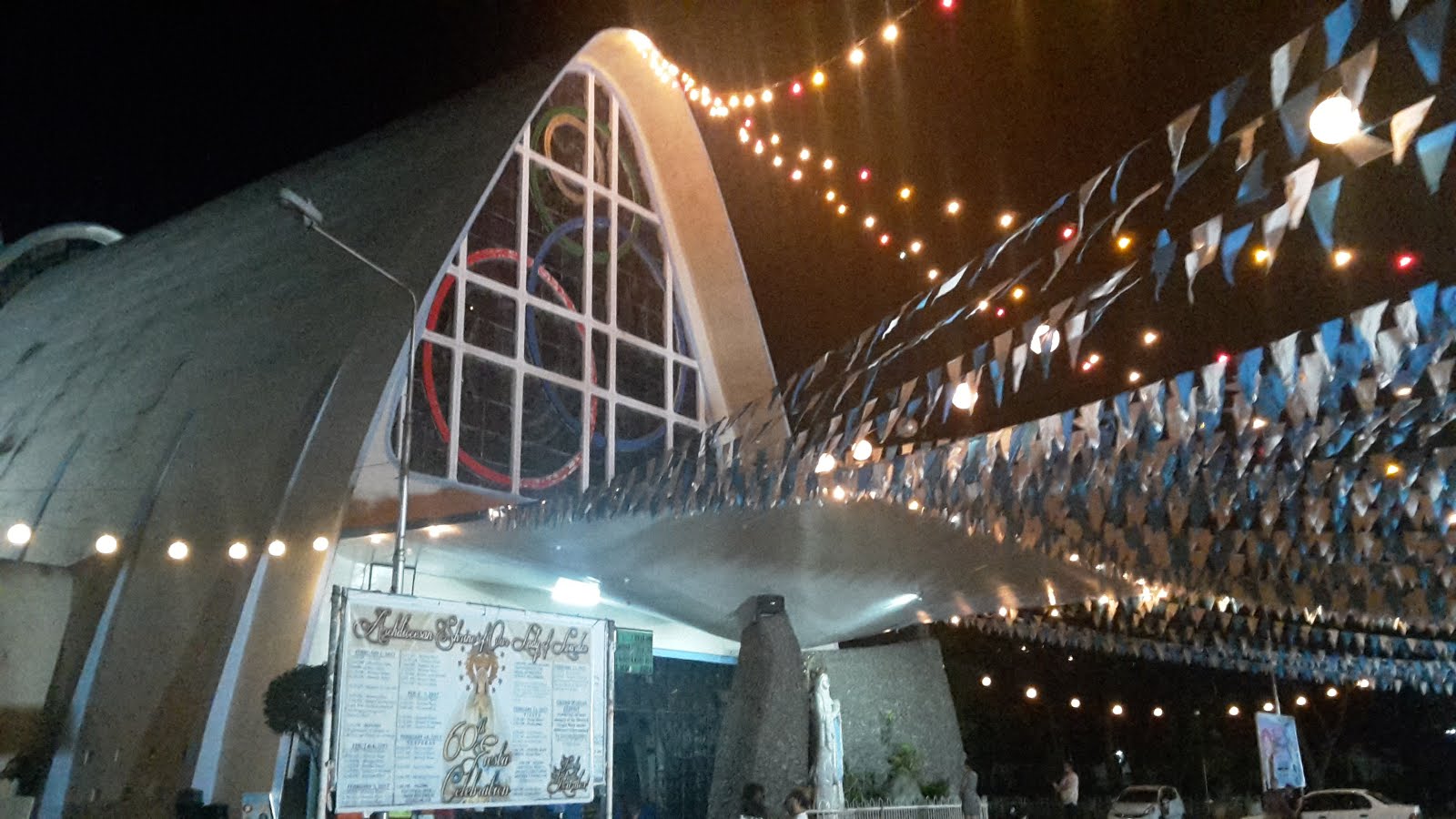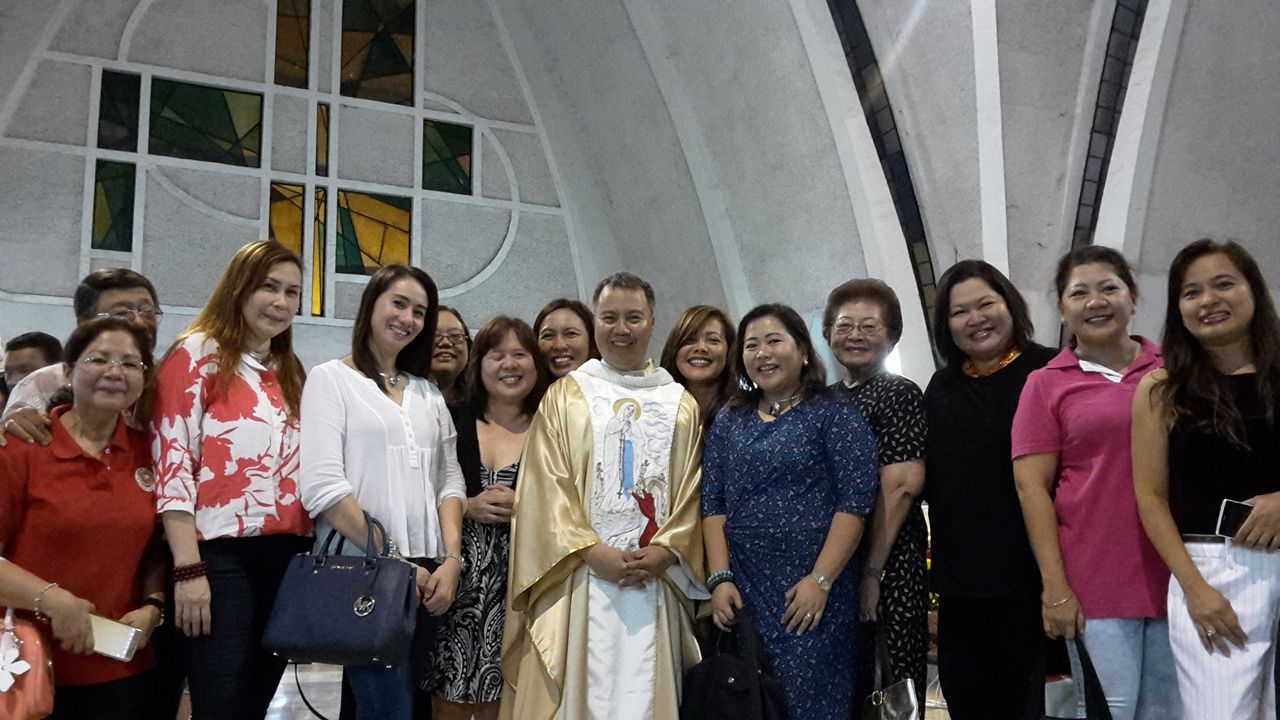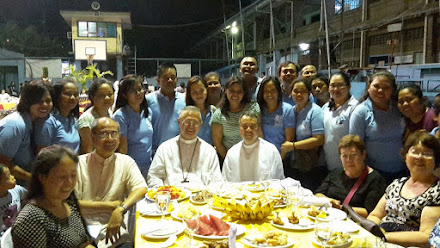Three days after monster
typhoon Yolanda struck Cebu, I went home to visit Bantayan Island. My heart
sank at the horrific havoc the storm did to this once beautiful paradise in
Northern Cebu. Particularly, I saw the sorry state of my hometown in
Madridejos. The storm almost spared nothing. Trees and electric posts tumbled;
roofs blown away and concrete walls were pounded. Poultry farms were knocked
down with millions of damages to the industry. It also dealt heavy damages to
public buildings and schools. The sight was tremendously heartbreaking. I felt
the seemingly powerlessness of man over the forces of nature.
The faces of people I saw
were painted with grief and angst. Some terror-stricken residents stared
blankly of what remained of their houses or property. Others would not know how
to start rebuilding with many unspoken questions in their hearts. The once
soothing breeze from the sea was now felt with anxiety and mistrust. The dying
of the sun over the horizon filled the island with a sense of fear. Darkness covered
everything as night settled with an ominous aura of gloom. There was no
electricity. Any means of communication was temporarily down. People returned
to lighting candles and oil lamps. It was a return to a life of strict simplicity.
After the relief
distribution, since our group could not make it to travel back to the city, we
requested accommodation from the parish priest of San Vicente Ferrer Parish,
Fr. Bobby Paraguya. His parish had the luxury of space and roof. We felt
honored by his generous hospitality. That night, while the rest of the island
was in darkness, we enjoyed light from the parish generator. It was always in
stand-by. In cases of brown-out, it provided alternative power. That handy
generator made me realize that it is a symbol of faith.
When storms strike our life
and knock us down, we may lose power. We lose our light and leave us in
darkness. In such cases, we turn to our alternative power. Faith is like a
generator that re-charges us. It sustains our energy and provides us with added
strength to carry on. We move forward provided by our faith in God. Our faith
in Jesus gives us power to overcome our storms. It generates hope. Though bowed
and bent, we are never broken. Faith makes us survive.
Christmas is a season of
hope. The deepest lesson of Christmas is the sacred truth that God became man.
God assumed our powerlessness to make us strong. In Jesus, we can pick up our
broken pieces and arrange them back in order. When we recall the first
Christmas, it was to a broken world that our Messiah came. His star over
Bethlehem was an omen that the best was yet to come. The beautiful story of a
world transformed and redeemed was just beginning. This child in the manger is
still the hope of every generation. His presence can still provide us with an
inexhaustible richness that defies our imagination. God can still amaze us with
his pleasant surprises!
During the ordination of our
new priest, Rev. Fr. Rosmon Valenciano at the Shrine of Our Lady of Lourdes
last December 7, the ordaining prelate was Bishop Patricio Buzon from the
Diocese of Kabangkalan, Negros. He related his experience shared by Archbishop
John Du of Palo, Leyte. One of the hardest hit by the typhoon was also Palo. It
brought great destruction to houses and churches. Yet despite the magnitude of
the damage, he told his priests to continue celebrating Masses in their
parishes.
“The people need food, water
and shelter. But more than that, the people need Jesus. Because Jesus will give
them strength!” Indeed, we need Jesus. It is He who can give us extraordinary
strength in extraordinary circumstances. Jesus can transform our helplessness.
His hope can change our grief into joy.
A Christ-filled Christmas to
everyone!
(This article also appeared in my Sunday Column "Sharing the Word": Cebu Daily News - December 22, 2013)


